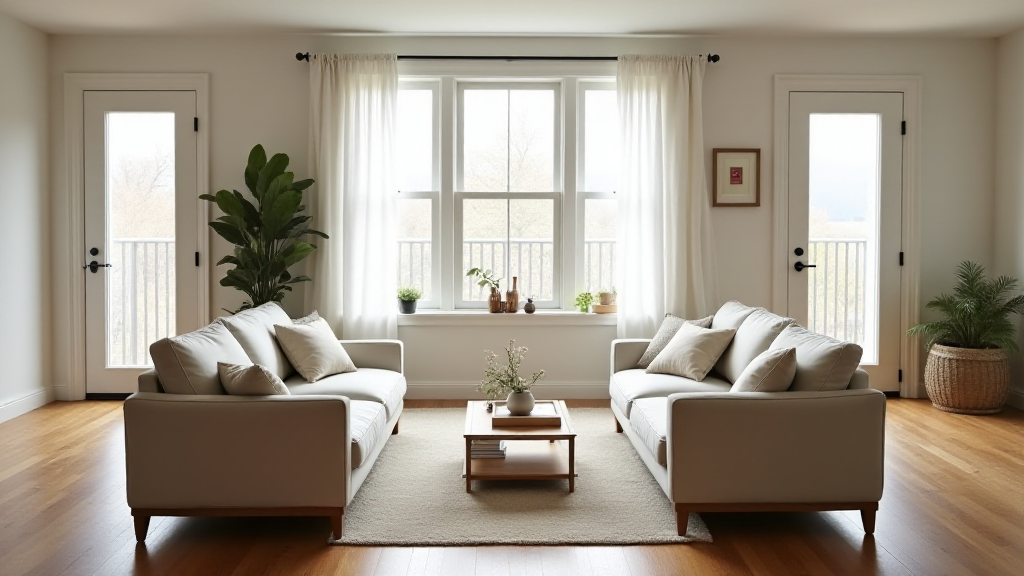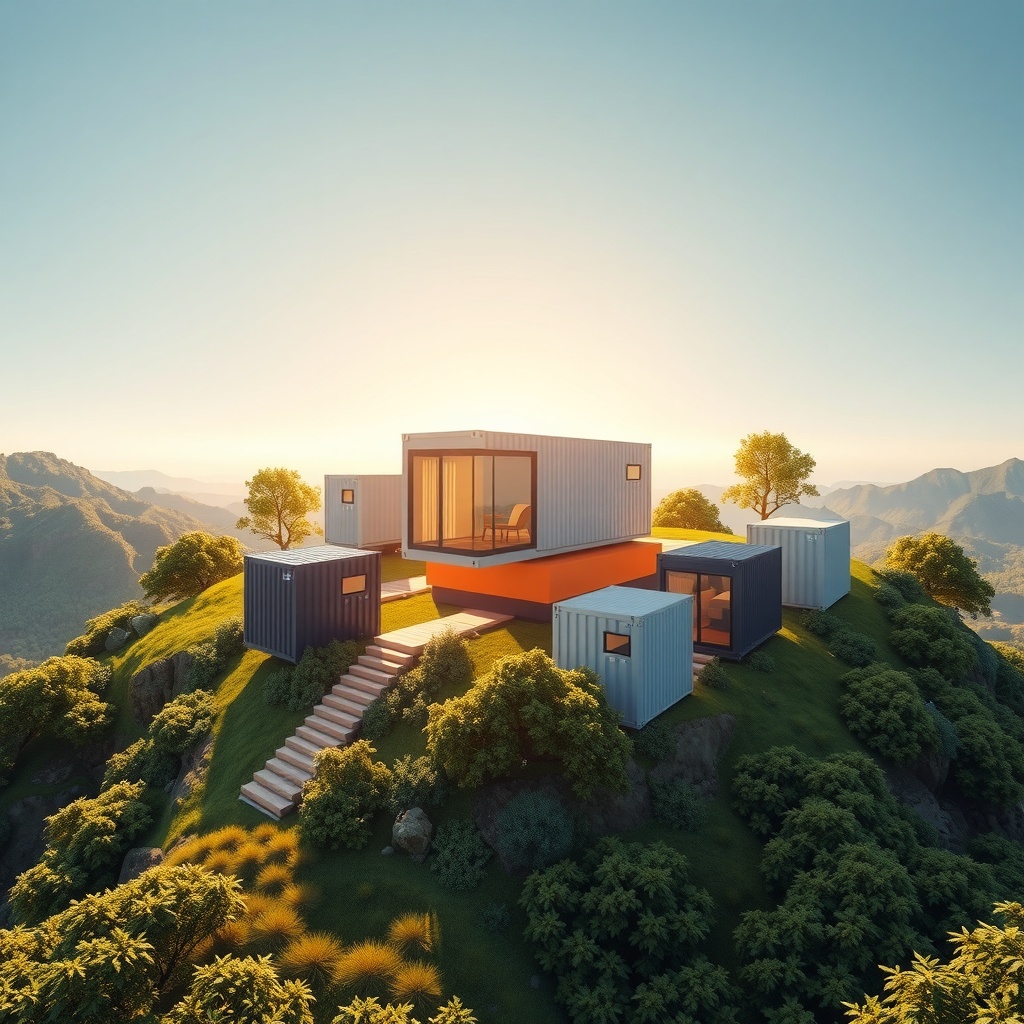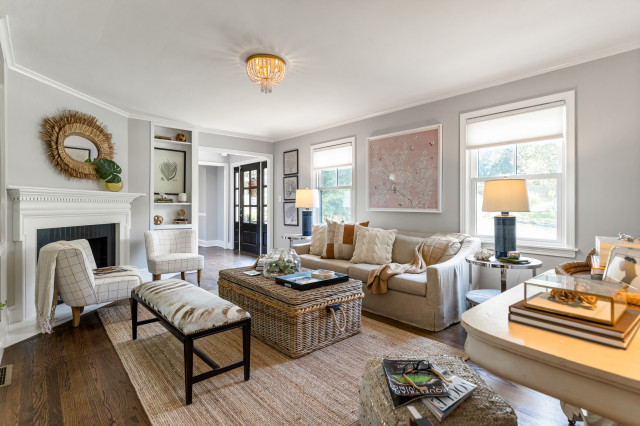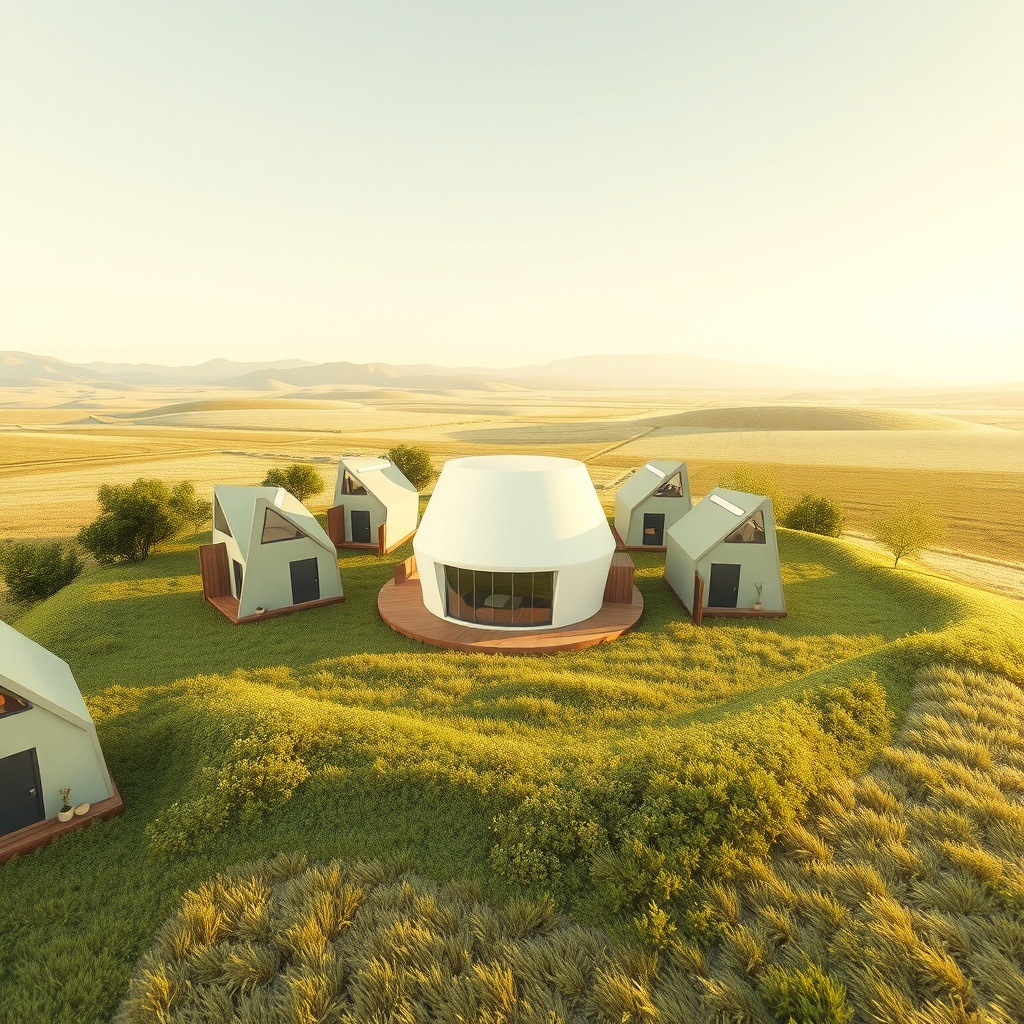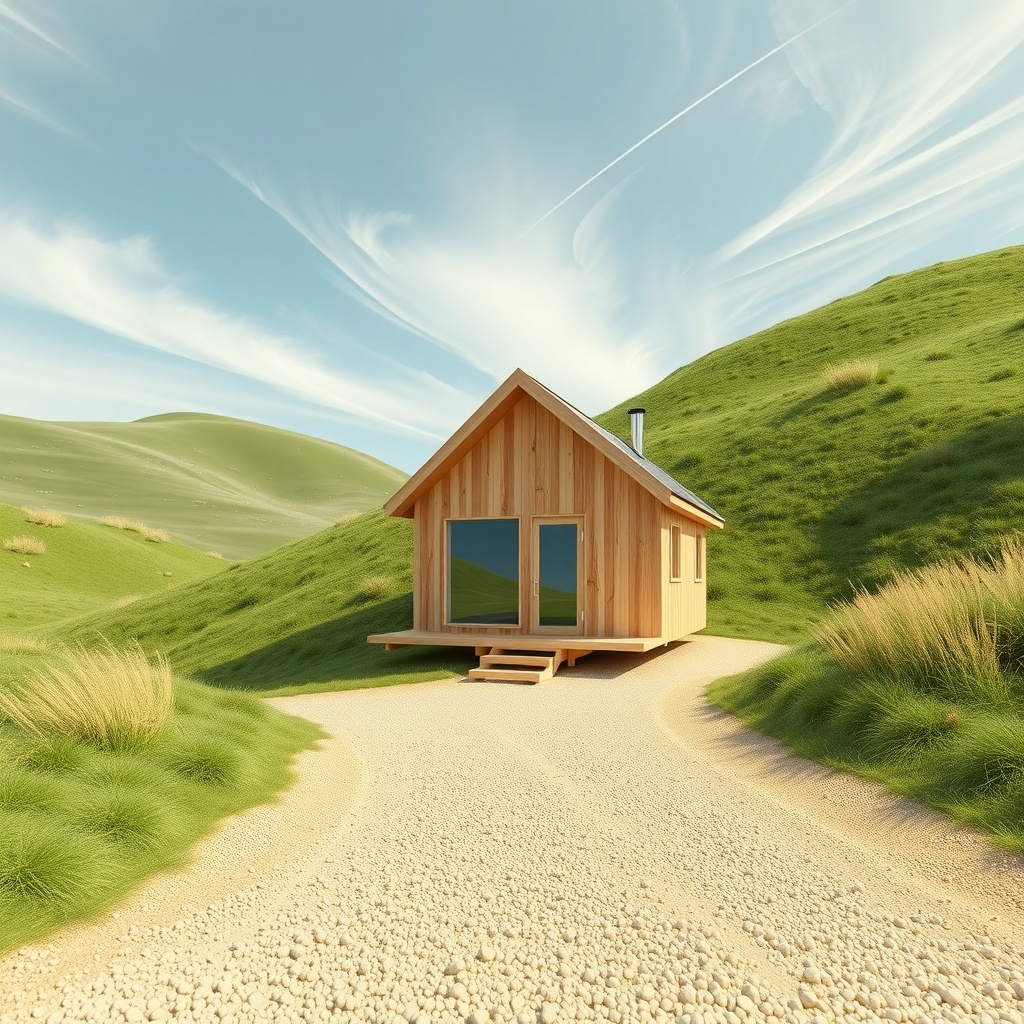Stylish Storage: Creative Cabinets for Compact Living
Stylish Storage: Creative Cabinets for Compact Living
In today’s fast-paced world, where urban living often means dealing with compact spaces, the quest for stylish and efficient storage solutions has never been more critical. The need for creative cabinets that complement the…

